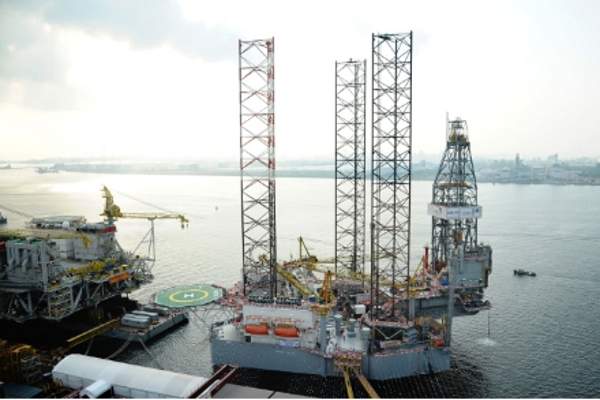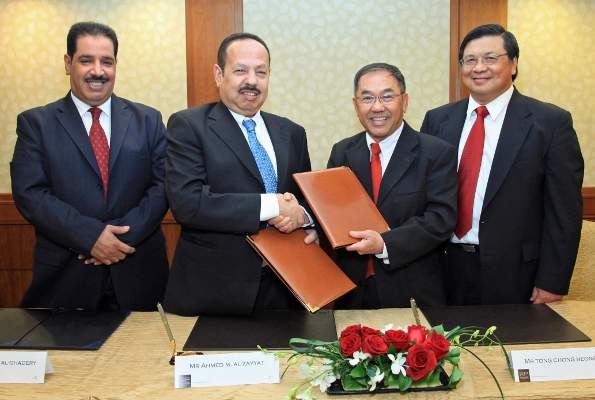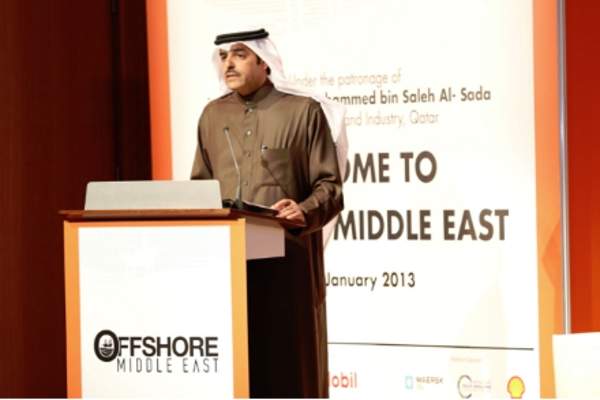The Al Wasit Gas Program includes the development of Arabiyah and Hasbah gas fields located offshore Saudi Arabia in the Arabian Gulf. The project is being developed by Saudi Aramco and is scheduled to be commissioned in 2014. The investment for the entire project is $4.7bn.
The project will be capable of producing 1.75 billion standard cubic feet per day (scfd) of sales gas during normal operation and up to 3.05 billion scfd during the peak summer season. The gas will be used for local consumption and also to meet the country’s demand for electric power generation and industrial feedstock.
The Al Wasit Gas Program is estimated to increase Saudi Arabia’s gas production capacity by 21%. Production from the Wasit fields and the Karan gas field will together increase Saudi Aramco’s gas output by approximately 40%.
Al Wasit Gas Program development
The offshore development activities for the project will involve the installation of 15 platforms overall, comprising 12 wellhead platforms, two tie-in platforms and one injection platform.
Related project
Terang Gas Field, Java Sea, Indonesia
Terang gas field is located at a water depth of about 90m in the east Java Sea in the Kangean PSC block, Indonesia.
The drilling activities for the two offshore fields commenced in 2011. Keppel FELS supplied a new Super B Class jackup drilling rig named SAR 202 to carry out the drilling activities. The rig is powered by six generators and an emergency generator. It is also equipped with a 54-motor jacking system and is capable of drilling at water depths of 30,000ft.
Drilling activities include the boring of the largest diameter holes and laying of the longest casing strings. The project will implement state-of-the-art gas development technologies with large bore well designs and automated control systems.
The project also involves the construction of an onshore gas plant, Wasit central processing facility (CPF). The facility will process 2.5 billion scfd of non-associated gas from the two gas fields.
The inlet and gas facilities of the CPF will comprise four gas treating units, flare and burn pit facilities, substations and process interface buildings. The sulfur recovery (SRU) facilities and utilities include four SRUs, sulfur loading facilities, pipelines, substations, and a process interface building.
The project also involves the installation of natural gas liquids (NGL) fractionation and cogeneration facilities. The facilities will process approximately 240,000 barrels per day of C2+ NGL stream produced at the Khursaniyah gas plant. They comprise four 150MW cogeneration (COGEN) units, three boilers, related electrical and non-electrical utilities and a central control building.
The Wasit facility will also be capable of processing ethane, propane, butane and gasoline. As of 2011, the site works and construction of temporary facilities were completed.
Pipeline connections and subsea facilities
The 260km export pipeline to connect the offshore facilities to the CPF will measure 36in in diameter. It will also be integrated with a 200km mono-ethylene glycol (MEG) pipeline.
Offshore facilities will also comprise 200km of subsea electric and control cables and 40km of offshore flowlines.
An onshore pipeline measuring 120km will also be constructed as part of the project.
Contracts awarded for the Al Wasit Gas Program
SK Engineering & Construction has been awarded the EPC contract for the SRU, fractionation inlet and gas facilities. The EPC contract for the cogeneration and steam generation units was awarded to Samsung Engineering. The contracts were awarded based on a Lump Sum Turn Key (LSTK) basis.
The engineering, procurement, installation and construction (EPIC) contract for the two offshore gas fields has been awarded to Saipem. The total value of the contract is $2.2bn. Most of the offshore activities are being performed using Saipem’s Castoro II and Castoro Otto vessels.
The front-end engineering (FEED) and project management services for the entire project are being overseen by SNC-Lavalin. The contract, which spans five years, was awarded in September 2009.







